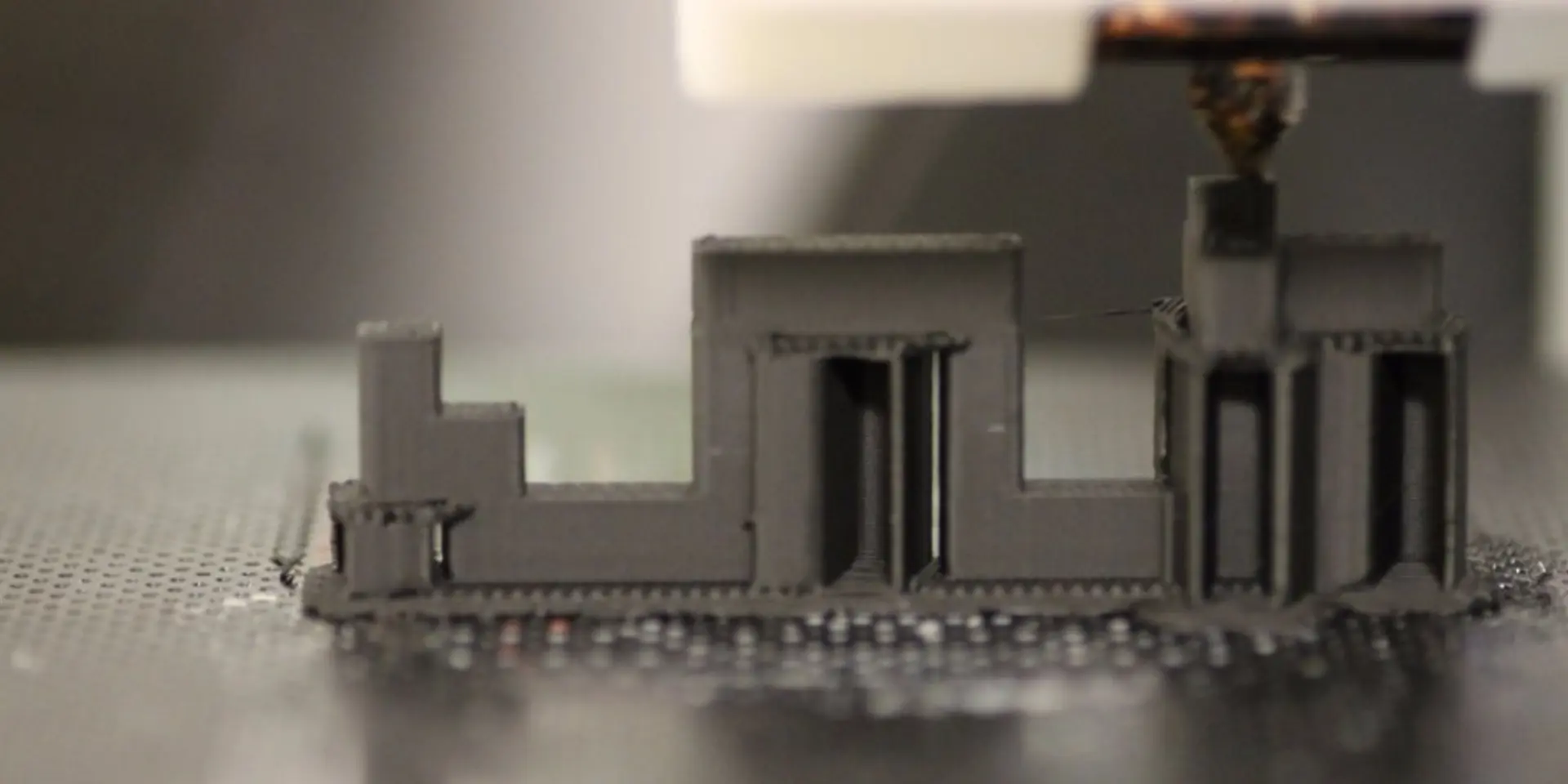

Major investments being made in additive manufacturing

Image Credit - https://goo.gl/Q3rsj2
Additive manufacturing, also known as 3D printing, is one of many new technologies poised to disrupt traditional ways in which the world works. While it was once a niche field driven by early-adopter hobbyists, it has expanded to become an entire industry in recent years. Currently, additive manufacturing is used quite frequently for rapid prototyping purposes, in industries such as car manufacturing. Processes include hybrid printing, multi-material printing, and most recently, direct metal printing.
Hybrid Printing
Hybrid 3D printer were introduced to the world of manufacturing in the 1990s, but they’ve only begun to gain lots of traction in recent years, especially with the maker market crowd. Hybrid machines work by using both additive and subtractive technologies, an impressive feat considering that engineers were once forced to choose between one or the other. Hybrid printers also allow design engineers to mix different metals, or to make use of more exotic materials, giving them design flexibility and the ability to reduce production costs by being able to pick and choose cheaper substrates.
Multi-Material Printing
Multi-material printing is another form of 3D printing which allows users to create products with two or more substrates in different concentrations and structures in a single print job. This is rather impressive, as it allows for the creation of complex, realistic prototypes made up of more than one material and colour. Given that users can combine different substrates, the resulting products can be made up of different material properties including rigidity, thermal resistance and translucency. Since it’s done in a single job, multi-material printing also reduces the effort it takes to put create a finished object, as there is no further assembly required once the product is fully printed (unless of course it is designed to be put together with other objects).
Direct Metal Printing (DMP)
DMP machines are the new kids on the block. They are designed for industrial use, capable of handling high production volumes, and can make use of commonly used manufacturing materials such as ceramics, titanium, stainless steel and nickel alloy. Developers are also currently working at getting these printers to handle other typical manufacturing materials such as the much-hyped Graphene, thereby extending their utility across different industries.
These 3D printers can not only handle the high volumes needed for industrial purposes, they can potentially save manufacturers time and money, without there being a negative effect on the quality and precision of products. Furthermore, 3D printed products tend to be lighter and just as durable (if not more so) than traditionally manufactured counterparts. As such, DMP machines are suitable for many fields such as medicine, aerospace engineering and design, and the automotive industry. On another note, by essentially rendering design and production capabilities accessible to a wider public, DMP machines just may lead to the democratization of industrial manufacturing for the masses.
The Future of Additive Manufacturing
Those interested in additive manufacturing can take on any number of services and roles, from scanning, modeling, designing, printing, in addition to providing content, fabrication techniques, software and materials. As such, for anybody with experience as an electromechanical technician, robotics technician, PLC programmer, designer, or engineer, diving into the world of additive manufacturing will undoubtedly be an exciting transition. For those with little to no technical experience, online technology courses relating to this industry are a dime a dozen these days.
The future of additive manufacturing would of course be to get new printers to the point where they can do actual manufacturing rather than simply prototyping. This is undoubtedly set to happen sooner rather than later, given the fact that many patents are on the cusp of expiring, meanings innovation will rise as costs come down. Companies such as Boeing are already investing heavily in this field, leveraging 3D printing technologies and material advantages to achieve feats such as reducing the weight of aircraft parts.
Currently, the automotive industry, the aerospace and defense industry and the medical industries are all benefiting from existing additive printing technologies. Many DIYers who are of the burgeoning maker market have also experimented with designing and producing everything from electronics such as VR goggles to utensils to entire houses. As individuals, companies and research labs continue to invest in the advancement of this field, there is no doubt that every sector from architecture to biofabrication will benefit from additive printing. With practice, education and the rise of the open-source community, even the average consumer may one day be able to print out anything from a brand new fork to the car of their dreams.







